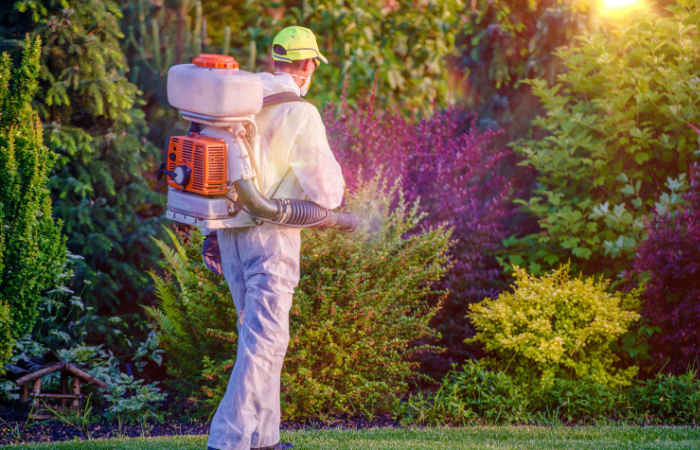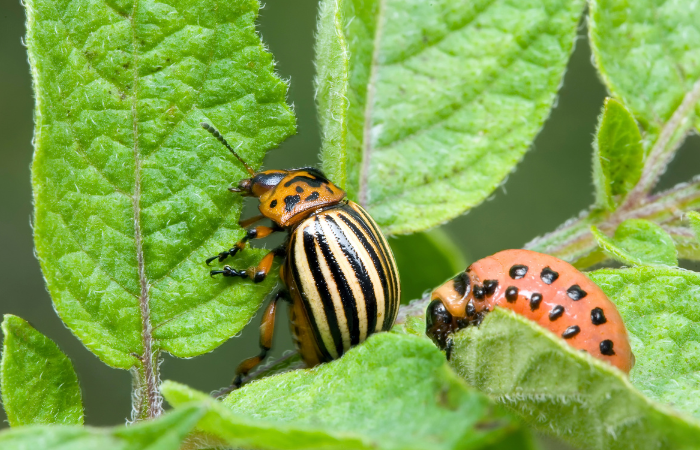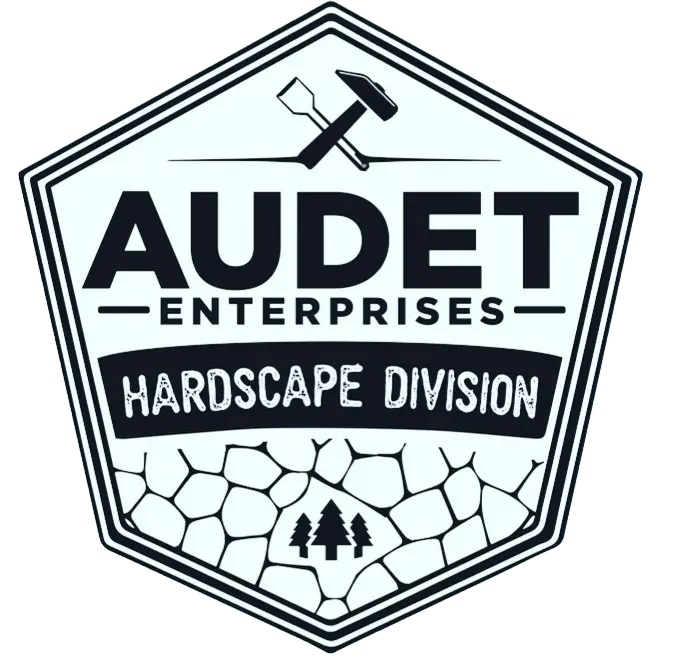In Portland, ME, residents often face challenges with various pests that can invade homes and gardens. Identifying and dealing with these common pests effectively is crucial for supporting a comfortable and safe living environment. This guide provides insights into recognizing and managing pests like bed bugs, carpenter ants, and deer ticks.
Whether you’re a homeowner or a gardener, understanding these pests and learning how to combat them can help contain damage to your property and protect your health. Read on to discover practical tips for identifying pests and the best strategies for keeping them at bay.
Common Pests in Portland, ME and How to Identify Them
Pests can be a problem for homeowners and gardeners in Portland, ME. Knowing how to identify common pests can help in effectively managing and controlling their presence. Here’s a look at some typical pests in the area and tips for identifying them.
1. Bed Bugs: Bed bugs are slim, elusive pests known for feeding on human blood, usually at night. Adults are close to the size of an apple seed, reddish-brown, and oval-shaped. They often hide in mattress seams, box springs, and furniture crevices. Identification signs include small blood stains on bedding, a sweet, musty odor, and clusters of itchy bites on the skin. Checking regularly for these signs can help catch infestations early.
2. Carpenter Ants: Carpenter ants are large ants, usually black, and measure up to ½ inch. They have a distinctly pinched waist and bent antennae. Unlike termites, they don’t eat wood but excavate it to build nests, which can compromise structural integrity. Signs of an infestation comprise sawdust-like shavings near woodwork and the faint sound of rustling within walls. They are particularly attracted to moist wood, so managing moisture can help deter them.
3. Deer Ticks: Deer ticks are tiny arachnids responsible for transmitting Lyme disease. Adults are typically about ⅛ inch long, brown, and teardrop-shaped. They become swollen and gray after feeding. Ticks are often found in grassy or wooded areas and attach to humans and pets passing by. Regular checks after outdoor activities and using tick repellents are essential preventive measures.
4. Silverfish: Silverfish are tiny, wingless insects with a distinctive fish-like shape and silvery-blue color. They thrive in damp, dark environments such as basements, kitchens, and bathrooms. These pests are known for their harmful feeding habits, damaging books, wallpaper, insulation, and clothing. Identification is by their rapid, darting movement and presence in moist areas. Keeping homes dry and well-ventilated helps deter them.
5. Powderpost Beetles: These beetles are small, brown, and measure only about ¼ inch in length. They are known for their ability to turn wood into powder, hence their name. Infestations are typically found in hardwoods, including floors, paneling, and furniture. Look for fine, powdery sawdust and small exit holes in wooden items as signs of their presence. Reducing humidity and sealing wood can help prevent their spread.
6. Mice: Common in urban and rural areas, mice are small rodents with rounded ears, pointed noses, and long, thin tails. They can be identified by their droppings, which are small and rod-shaped, or by signs of gnawing on food packaging and structures. Mice seek shelter and food, especially during colder months, so sealing entry points and proper storage of food can keep them at bay.
7. Gypsy Moths: Gypsy moths are invasive pests that can cause substantial damage to trees. The caterpillar stage is the most destructive; they are hairy, with rows of blue and red dots along their backs. Adult moths are generally white with dark spots on the wings. Look for egg groups on tree trunks and caterpillars feeding on leaves from spring to early summer. Managing these pests often requires removing egg masses by hand and using pheromone traps for adults.
Effective Pest Control Strategies
There are numerous strategies that homeowners and property managers in Portland, Maine, can use to effectively control common pests. These methods vary based on the type of pest but generally include a mix of prevention and active removal techniques. Here is a concise list:
- Regular property inspections
- Sealing entry points
- Maintaining cleanliness and reducing clutter
- Using traps and baits
- Applying chemical pesticides responsibly
- Installing physical barriers
- Monitoring and promptly addressing moisture issues
- Engaging professional pest control services when necessary
FAQs

What are the health risks linked with common pests in Portland, ME?
Common pests like bed bugs, deer ticks, and rodents can pose various health risks. Bed bugs can induce allergic reactions and skin infections from their bites. Deer ticks are notorious for spreading Lyme disease, which can lead to intense health complications if left untreated. Rodents can bring diseases such as hantavirus and salmonella, which are transmittable to humans through contact with rodent droppings, urine, or saliva.
How frequently should I inspect my home for pest infestations?
It is advisable to inspect your home for signs of pests seasonally, with particular attention during the spring and fall when pests are most active in seeking shelter. Regular inspections help detect early signs of infestation, making control and eradication more manageable and less costly.
How do professional tree care services help in preventing pest infestations in trees?
Professional tree care services help prevent pest infestations by conducting regular health assessments of trees, which include checking for signs of pests and diseases. They can also prune away infested or diseased branches to stop the spread of pests and apply appropriate treatments, such as pesticides or natural repellents tailored to specific pests, ensuring the health and longevity of trees.
Conclusion
With these tips on identifying and dealing with common pests in Portland, ME, residents can better protect their homes and health. By recognizing pests early and implementing effective control strategies, you can minimize damage and prevent infestations, ensuring a safer and more comfortable environment.
For expert care in maintaining your residential or commercial landscapes, Audet Enterprises can help. Our specialized tree and shrub care services ensure your property remains beautiful and pest-free. Contact us today!


